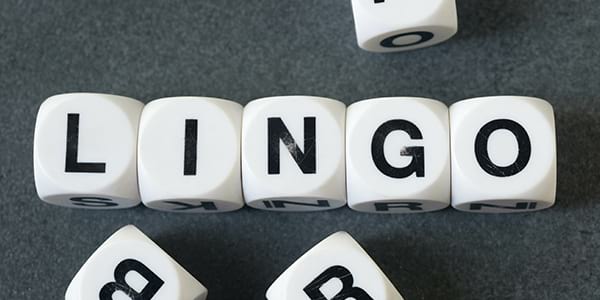The first time you get on Zello or use a CB Radio it may sound like users are speaking a different language, one that is made up of a mix of English words and numbers but with a whole new set of meanings that are hard to interpret. Fortunately, it only takes a little while to familiarize yourself with basic radio lingo, which helps keep communication brief and to the point. So what is radio lingo, and how do you use it?
Common Radio Terminology
When you watch movies such as Smokey and the Bandit you may hear them say things such as “10-4” or “over.” These terms are major parts of the everyday shorthand of radio conversations, meaning “message received” and “I am finished talking” respectively.
The background behind individual pieces of terminology is often illuminating. 10-4, for instance, is drawn from police ten-codes, the set of codes developed by Illinois State Police communications director, Charles Hopper, back in 1937. Originally, ten-codes started with the word “ten” to give the equipment time to warm up, so that the listener was more likely to hear the second, more important half of the message if the first half cut out. Ten-codes standardized messages and allowed those communicating to do so with brevity.
Another common ten-code is 10-20, which is said interchangeably with, “What’s your 20?”, to ask for a person’s location. You can again see the usefulness in having the 10 followed by the 20, as the 20 is the more critical part of the communication.
Radio terminology expands beyond ten-codes to phrases like, “affirmative” and “negative.” Because these words are longer than “yes” and “no,” the listener will again be more likely to understand a partial message in case any part of it is cut off. With partial message delivery, the likelihood increases that the listener will be able to correctly interpret the intended communication.
The following table displays more common terms as well as the phonetic alphabet.
|
Common Terms |
Meaning |
|
Roger that or 10-4 |
Message received and understood |
|
Affirmative |
Yes |
|
Negative |
No |
|
Come In |
Asking someone else to respond |
|
Go Ahead |
Indicates you are ready for a message |
|
Say Again |
Repeat your last message |
|
Over |
Signals end of message |
|
Out |
Signals end of conversation |
|
Read you loud and clear |
I can hear you clearly |
|
Break, break |
Used to interrupt transmission for important message |
|
Stand by |
I will be right back |
|
Letter |
Phonetic Alphabet |
|
A |
Alpha |
|
B |
Bravo |
|
C |
Charlie |
|
D |
Delta |
|
E |
Echo |
|
F |
Foxtrot |
|
G |
Golf |
|
H |
Hotel |
|
I |
India |
|
J |
Juliet |
|
K |
Kilo |
|
L |
Lima |
|
M |
Mike |
|
N |
November |
|
O |
Oscar |
|
P |
Papa |
|
Q |
Quebec |
|
R |
Romeo |
|
S |
Sierra |
|
T |
Tango |
|
U |
Uniform |
|
V |
Victor |
|
W |
Whiskey |
|
X |
X-Ray |
|
Y |
Yankee |
|
Z |
Zulu |
Your Call Sign
One of the most important sets of words you will learn is your call sign and the call sign of those you want to communicate with. As most radio waves are open to large numbers of people, call signs allow you to identify yourself and the person you are trying to talk to while staying anonymous. Your call sign can be something you informally choose, but some call signs are issued by government agencies or assigned by the International Telecommunication Union. If you are informally choosing your call sign, make sure you keep it short and simple so you and others can easily remember it.
Test Your Knowledge
Use these questions to see if you are ready to put your new knowledge into practice. Scroll to the bottom of the page to check your answers.
1. What does “10-4” mean?- I am listening to you
- Message received and understood
- I am busy
- I am six minutes away
2. What is the phonetic equivalent of M?
- Mike
- Molly
- May
- Magenta
- It should be a common phrase
- It should long and complicated
- It should include personal information
- It should be short and simple


